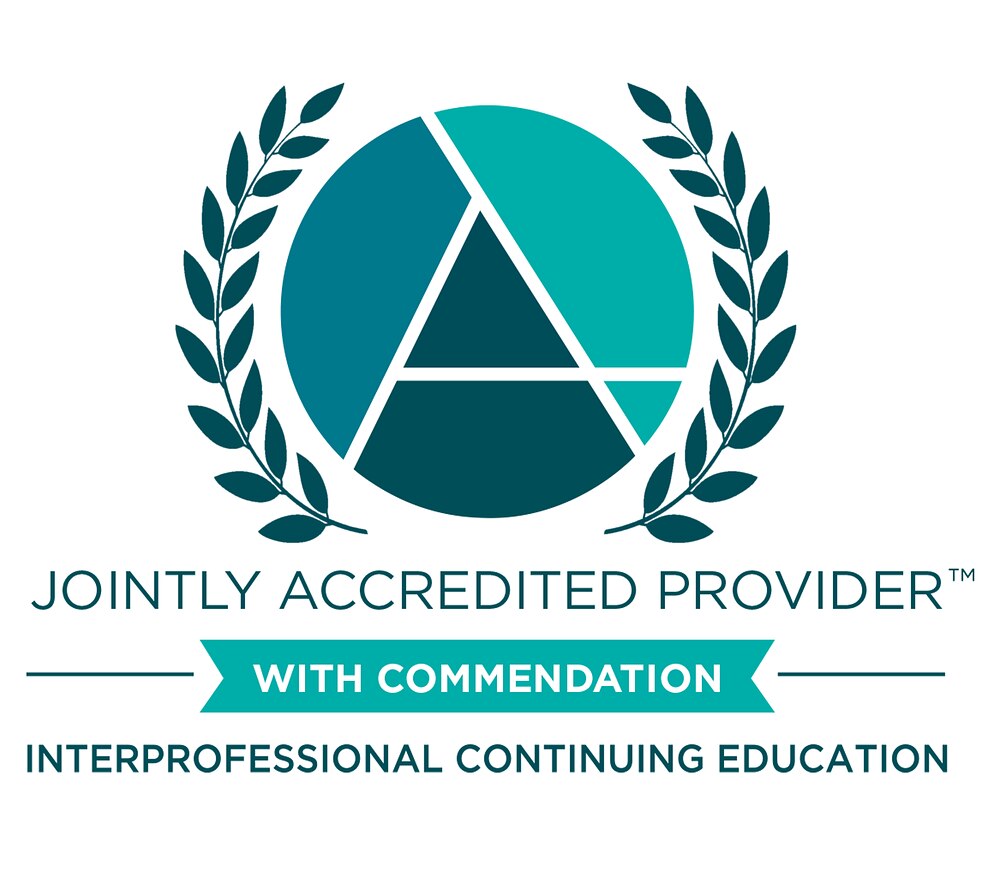The learning of interprofessional collaboration is crucial during health studies but there are still obstacles. The development of students' interprofessional identity (IPI) could be a lever to enhance this learning. This identity allows to develop a feeling of belonging to a broader community than an own profession. Students develop interprofessional behaviours, thoughts, and attitudes. Its activation is contextual, especially during clinical training. That place would be considered as a socialisation space. The factors associated with the development of IPI in that particular context have not been thoroughly investigated.
This scoping review aims to explore the development of interprofessional identity during clinical training.
We used a scoping review’s methodology to map the current knowledge (Peters et al., 2024; Pollock et al., 2023). We defined inclusion and exclusion criteria then we searched in four databases: PubMed, Embase, ERIC and Psycinfo. 29 references for analysis were selected.
Most studies have established teaching systems designed to develop student’s interprofessional competencies within the clinical environment. The clinical environment can be an interprofessional socialisation space in which a variety of factors influence the development of an associated identity. Interprofessional exposure, which is indispensable and inseparable from associated identity, requires direct observation of models. Supervision of students by members of one profession may exclude the interprofessional notion and remain focused on one profession, not allowing the inclusion of all students. The interprofessional role model remains an essential factor in the supervision of students in clinical settings, to foster a dual identity. The results show that this model is necessary, but that the uniprofessional vision remains. Power imbalances and hierarchies are implicitly felt. Yet these elements are barriers to interprofessional collaboration, and working on these notions is essential to improve its learning.
Institutional support in the form of interprofessional mentors or leaders, and a culture of interprofessional exposure that is not based on hierarchy, are key elements to be considered in clinical settings.
These elements are relevant to theme 6, because they provide ways to optimize interprofessional practice environments, for example by raising awareness in cultures based on hierarchical thinking, and by legitimating clinical supervisors as potential interprofessional mentors. These results also lead to reflect on the implicit aspects of clinical environments and the roles of all stakeholders regarding interprofessionalism.
In support of improving patient care, this activity is planned and implemented by The National Center for Interprofessional Practice and Education Office of Interprofessional Continuing Professional Development (National Center OICPD). The National Center OICPD is accredited by the Accreditation Council for Continuing Medical Education (ACCME), the Accreditation Council for Pharmacy Education (ACPE), and the American Nurses Credentialing Center (ANCC) to provide continuing education for the healthcare team.
As a Jointly Accredited Provider, the National Center is approved to offer social work continuing education by the Association of Social Work Boards (ASWB) Approved Continuing Education (ACE) program. Organizations, not individual courses, are approved under this program. State and provincial regulatory boards have the final authority to determine whether an individual course may be accepted for continuing education credit. The National Center maintains responsibility for this course. Social workers completing this course receive continuing education credits.
The National Center OICPD (JA#: 4008105) is approved by the Board of Certification, Inc. to provide continuing education to Athletic Trainers (ATs).
This activity was planned by and for the healthcare team, and learners will receive Interprofessional Continuing Education (IPCE) credit for learning and change.


Physicians: The National Center for Interprofessional Practice and Education designates this live activity for AMA PRA Category 1 Credits™. Physicians should only claim credit commensurate with their participation.
Physician Assistants: The American Academy of Physician Assistants (AAPA) accepts credit from organizations accredited by the ACCME.
Nurses: Participants will be awarded contact hours of credit for attendance at this workshop.
Nurse Practitioners: The American Academy of Nurse Practitioners Certification Program (AANPCP) accepts credit from organizations accredited by the ACCME and ANCC.
Pharmacists and Pharmacy Technicians: This activity is approved for contact hours.
Athletic Trainers: This program is eligible for Category A hours/CEUs. ATs should claim only those hours actually spent in the educational program.
Social Workers: As a Jointly Accredited Organization, the National Center is approved to offer social work continuing education by the Association of Social Work Boards (ASWB) Approved Continuing Education (ACE) program. Organizations, not individual courses, are approved under this program. State and provincial regulatory boards have the final authority to determine whether an individual course may be accepted for continuing education credit. The National Center maintains responsibility for this course. Social workers completing this course receive continuing education credits.
IPCE: This activity was planned by and for the healthcare team, and learners will receive Interprofessional Continuing Education (IPCE) credits for learning and change.
Learners can claim CE credit by completing the Daily Evaluation.


